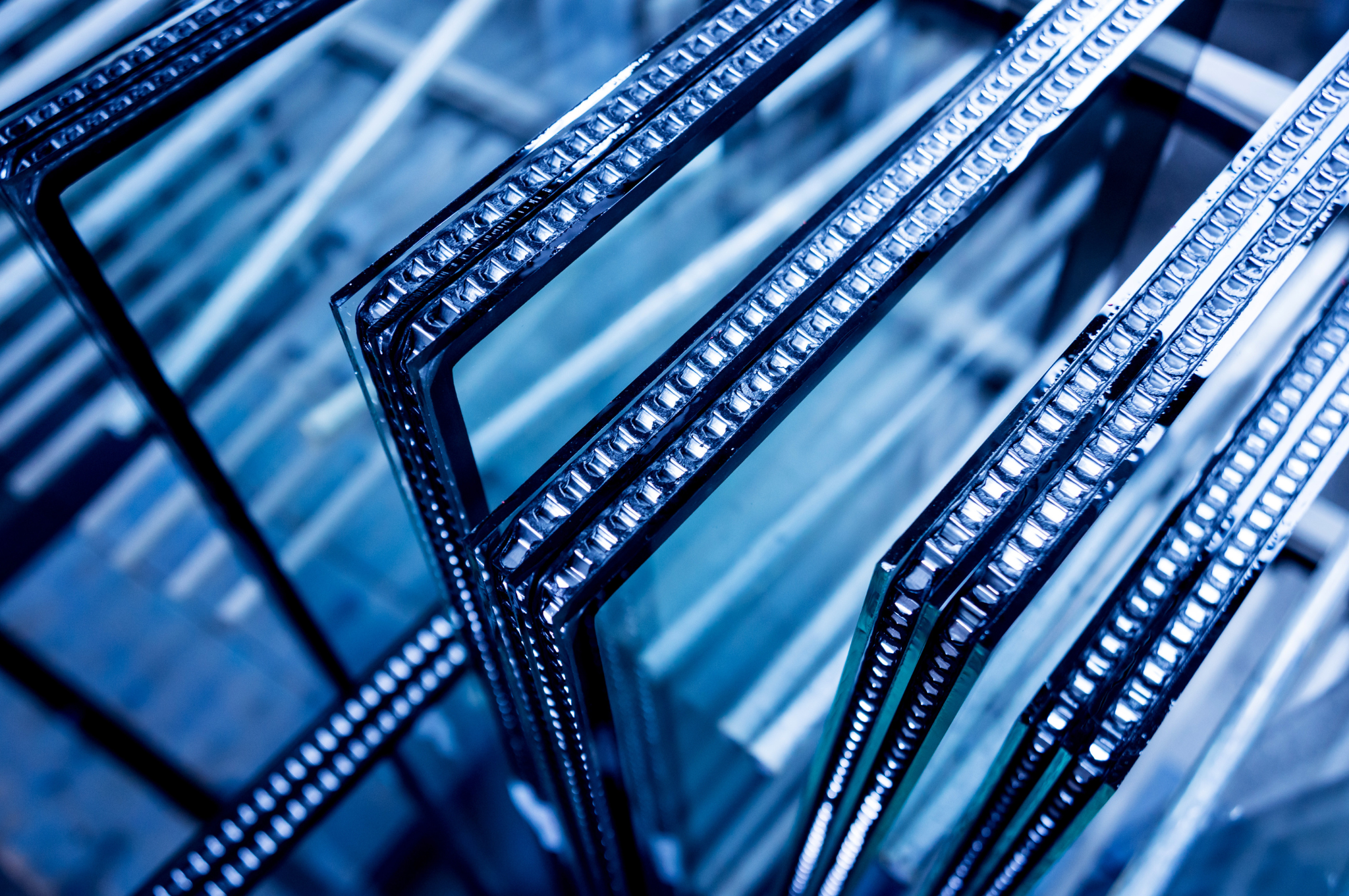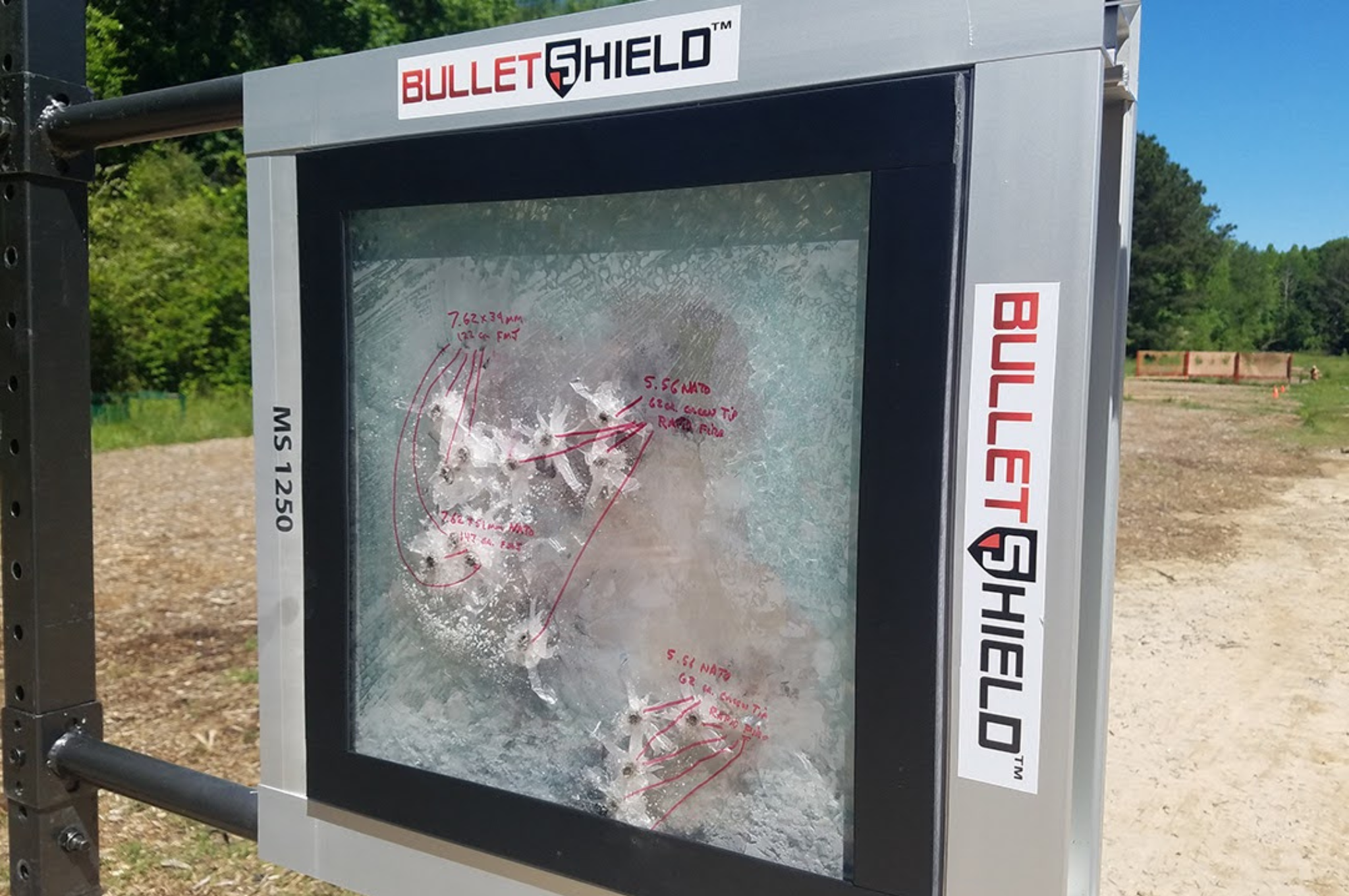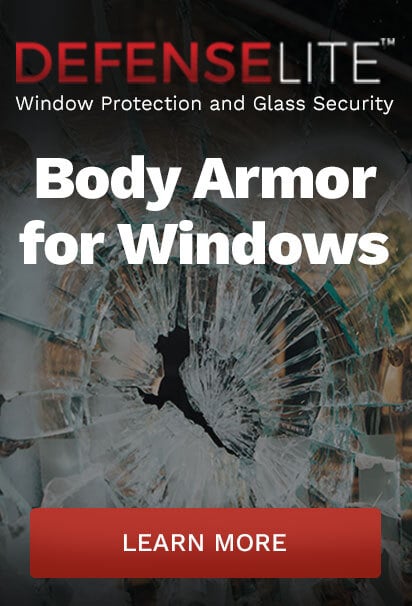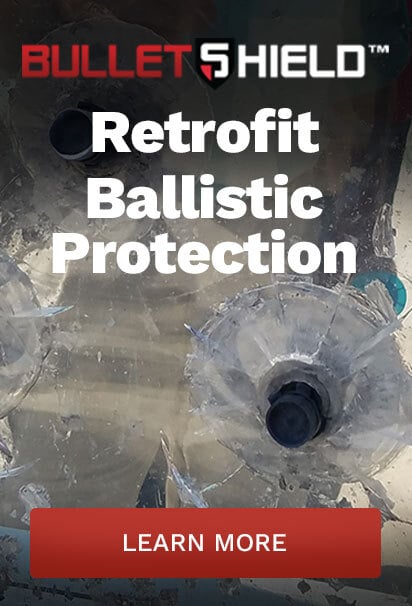Types of Bulletproof Materials, Ranked
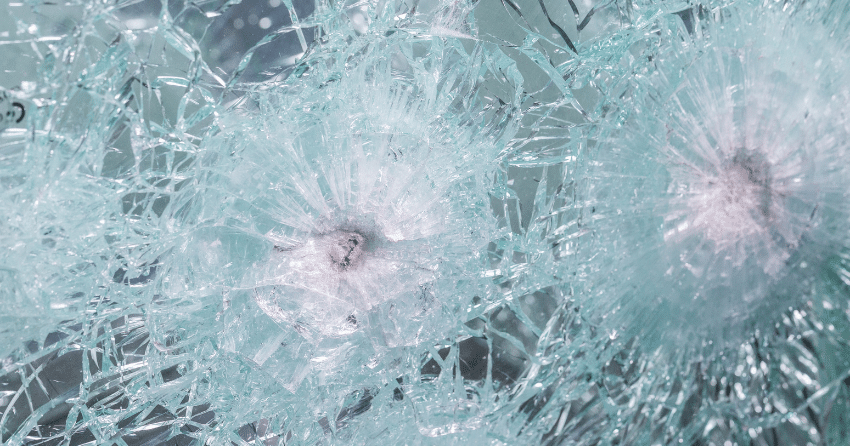
Determining the Best Type of Bulletproof Material to Safeguard Your Property
Properties across the United States are in dire need of protection from active shooters. According to the BBC, nearly 48,830 people died from gun-related injuries in the US during 2021, an nearly 8% increase from 2020 (which, to that point, was a record-breaking year for firearm deaths).
To protect residents and customers, properties are largely turning towards bulletproof materials. However, within an oversaturated market, how should property-owners choose a bulletproof option? Dig into this comprehensive guide for the definitive ranking of bulletproof materials.
- What Materials are Bulletproof?
- Ranking the Best Types of “Bulletproof” Material for Buildings
- What is the Best Bulletproof Material?
What Materials are Bulletproof?
Here’s the secret — no material is truly “bulletproof.” From bulletproof vests to bulletproof glass, all bulletproof products are susceptible to penetration after a certain number of rounds at a high enough level of impact. Instead, products labeled as “bulletproof” are actually bullet-resistant.
Bullet-resistant materials are ranked based on ballistic standards — tests designed to test the durability of bullet resistant solutions. These tests rank materials based on their ability to withstand a certain number of rounds from bullets of a certain caliber fired from a specific type of weapon. Ballistic standards give customers a measurable way to understand the bullet resistance of a product — in turn allowing for the purchase of a product fit for the specific needs of a property.
UL 752 Ballistic Standards
For the purposes of this blog, we’ll be discussing ballistic materials using the Underwriter’s Laboratory (UL) set of ballistics standards. As the largest and oldest independent testing laboratory in the United States, UL solutions offer a comprehensive and flexible standard to judge bulletproof materials. UL ranks materials on eight levels, found here:
| PROTECTION LEVEL | AMMUNITION | NO. OF SHOTS |
| Level 1 | 9mm Full Metal Copper Jacket with 3. Lead Core | 3 |
| Level 2 | 357 Magnum Jacketed Lead Soft Point 3. | 3 |
| Level 3 | 44 Magnum Lead Semi-Wadcutter 3. Gas Checked | 3 |
| Level 4 | 30 Caliber Rifle Lead Core Soft Point (.30-06 caliber) | 1 |
| Level 5 | 7.62mm Rifle Lead Core Full Metal Copper 1 Jacket, Military Ball (.308 caliber) | 1 |
| Level 6 | 9mm Full Metal Copper Jacket with 5 Lead Core | 5 |
| Level 7 | 5.56mm Rifle Full Metal Copper Jacket with 5 Lead Core (223 caliber) | 5 |
| Level 8 | 7.62mm Rifle Lead Core Full Metal Copper | 5 |
Ranking the Best Types of “Bulletproof” Material for Buildings
With the expectation that no material is actually “bulletproof,” let’s look at some materials typically thought of as “bulletproof” (and others that aren’t), ranking the best choices for properties looking for bullet resistance.
8. Float or Annealed (Standard) Glass
Standard glass is, in fact, not a bulletproof material in the slightest. We’ve included it here as a baseline to compare other materials. Untreated for meaningful impact resistance, traditional glass shatters into sharp edged shards against any sizable enough impact. Bullets fly through glass with little to no resistance, spreading additional high-velocity debris upon shattering; for properties looking for bullet protection, glass is an unsuitable option.
7. Wood
Offering increased bullet-resistance compared to glass, typical wood can be a last-minute option for commercial and residential bullet protection. While hardly a “bulletproof” material, wood offers greater resistance than glass — directly depending on the make and thickness of wood.
The bullet resistance of wood varies based on density and composition. Wood solutions using biopolymers such as lignocellulose can greatly minimize shattering, while scientists have recently innovated processes that can treat wood to be stronger than steel and high-tech titanium alloys.
Generally, however, these more capable wood solutions are niche. Compared to more advanced options, wood is not a viable choice for “bulletproof” material.
6. Steel
Similar to wood, steel can be a capable option for low level bullet-resistance based on the thickness of paneling and treatment of material. Typically, abrasion resistant (AR) steel is the most “bulletproof” type of steel — a high-carbon alloy steel plate.
While rather durable, steel is both expensive and obtrusive to the aesthetic of most properties. Unless your home or business is defined by metal aesthetics, steel feels cold. Additionally, as it is solid rather than translucent, steel is a poor choice for any property looking to incorporate natural light.
5. Traditional Laminated Glass
Laminated glass is the original material used for “bulletproof” glass. Opposed to untreated glass, laminated glass is made from two or more layers of glass bonded with one or more layers of resin. Traditionally, manufacturers bond two layers of glass to both sides of one strong resin, such as polyvinyl butyral (PVB). In theory, laminated glass won’t shatter when hit with a bullet, nor fall out of a frame.
In practice, however, traditional laminated glass fails to give the high level of resistance provided by more advanced bulletproof materials. Additionally, traditional laminated glass is extremely difficult to cut and drill — making it a frustrating choice to customize upon changing installation needs.
4. Insulated Ballistic Glass
Insulated ballistic glass is an unobtrusive, solid “bulletproof” material for properties with lower level ballistic resistant needs. Measuring only 1-1.125” thick, insulated ballistic glass offers clear visibility, alongside benefits of energy efficiency.
With its lack of thickness, insulated ballistic glass is only rated against UL Level 1 ballistic attacks. Thus, this material is only “bulletproof” to a minimal extend — at least compared to future options in our rankings.
3. Acrylic Panels
Mimicking the appearance of glass, acrylic is another popular choice for interior bullet-resistance. These panels are composed of one thick, solid layer of plastic, ranging in size from 1¼” to 1⅜”. Acrylic is a versatile material, ideal for both flat and curved windows — easy to drill, cut, route, and slot. Additionally, light easily passes through monolithic acrylic without compromising visibility.
The downside of acrylic panels compared to more advanced options for bulletproof materials is a lack of higher level protection. Solid acrylic panels can only be made for UL-rated Level 1 or Level 2 ballistic resistance. In turn, for businesses with less stringent bullet resistance needs, acrylic panels are a flexible, unobtrusive option; for properties valuing greater protection, however, there are more effective options.
2. Glass-Clad Polycarbonate (GCP)
Glass-clad polycarbonate is the next evolution of traditional laminated glass. Following the same principles of layering, GCP consists of several layers of polyurethane-coated glass, stacked between additional layers of polyurethane coating capped with polycarbonate.
GCP is a versatile solution — available in UL ballistic-resistance levels from Level 1 to Level 8 depending on a property’s needs. Durability is stackable; the higher the bullet resistance level, the more layers added and the thicker the panel.
Susceptible to crack and haze from exposure to UV, GCP may gradually fade in durability over time — slowly degrading from its initial rating. Additionally, much like traditional laminated glass, GCP is difficult to install over existing systems, making it a viable option near exclusively for new installation.
1. Ballistic Polycarbonate Shields
Incredibly bullet-resistant, affordable, and easily installable both from scratch & onto existing glass paneling, ballistic polycarbonate shields are the number one option for “bulletproof” material. Fittingly, ballistic polycarbonate shields are made from polycarbonate – a synthetic material consisting of thermoplastic polymers strengthened with carbonate structures found in their chemical makeup.
Independently tested to meet UL 752 ratings, ballistic polycarbonate shields offer durable impact resistance. Plus, unlike other “bulletproof” materials, ballistic polycarbonate shields can apply directly onto existing glass frames as a near transparent solution.
What is the Best Bulletproof Material?
By our rankings, ballistic polycarbonate shields are the best “bulletproof” material. For the top ballistic polycarbonate shield on the market, we recommend BulletShield.
BulletShield is a ballistic polycarbonate shield that boasts bullet resistance beyond its polycarbonate material. Utilizing a vented extrusion, installed with a “Super Bond” anchoring method, BulletShield provides flexible, tensile resistance upon ballistic attacks. Additionally, BulletShield is secured using security “flex” screws and elastomeric VHB tapes. Combining the best bulletproof material with additional measure, Bulletshield is the ultimate choice for ballistic protection.
Install BulletShield & Leverage the Best Type of Bullet Resistant Material
Although there’s no such thing as truly “bulletproof” material, DefenseLite is here to provide the closest equivalent. Leveraging BulletShield over alternative bulletproof materials leads to long-lasting protection and reliable impact resistance without the hassle of an obtrusive installation. Contact us today to book a consultation.

